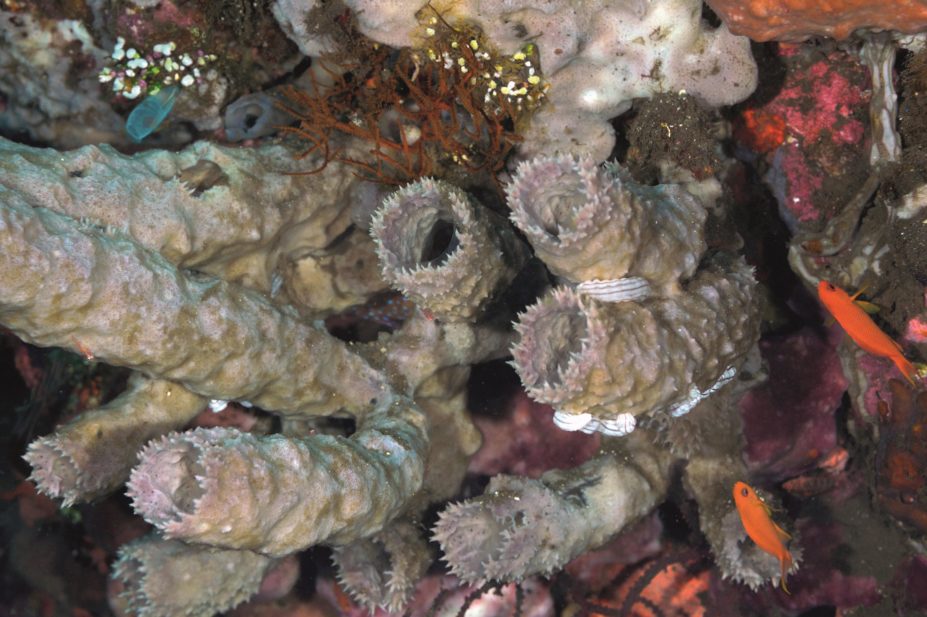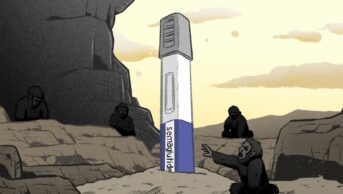
Roberto Nistri / Alamy
For the past four decades, patients with tuberculosis (TB) have depended on just four key drugs, and resistance to them is growing. If research being carried out at Heinrich-Heine Universität Düsseldorf bears fruit, the next source for potent and highly selective drugs could be the sea.
Callyspongia aerizusa is a marine sponge found in Indonesia, and a team of researchers from the German university has isolated a series of secondary metabolites from the organisms that have anti-TB activity.
“Our aim is to find a drug with a new mechanism of action,” said researcher Georgios Daletos, at BIOPROSP_15, a biannual bioprospecting conference held in Tromsø, Norway, in February 2015.
The research started with the discovery that an extract from the four collections of sponges, found in three different regions in Indonesia, was active against Mycobacterium tuberculosis. The team investigated further, creating 13 fractions, known as callyaerins A-M. These were found to be proline-rich cyclic peptides.
The most active molecule against Mycobacterium tuberculosis was callyaerin A, which inhibited 90% of bacterial isolates (MIC90) at a concentration of 2 µM, coupled with low cytotoxicity. Incubation of callyaerin A with M tuberculosis cells over 6 weeks at 4 times the MIC90 led to development of resistance, but this was slow, and seen at high concentrations of the drug.
Daletos is enthusiastic about the potential of the compounds, explaining that the next step will be to determine how resistance develops, and find the drug’s target and mechanism of action.

